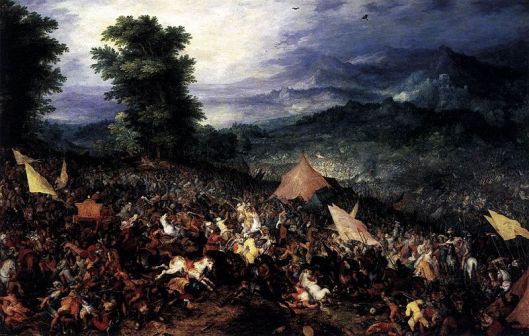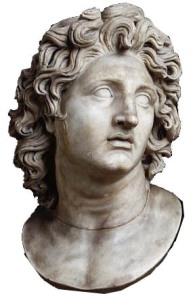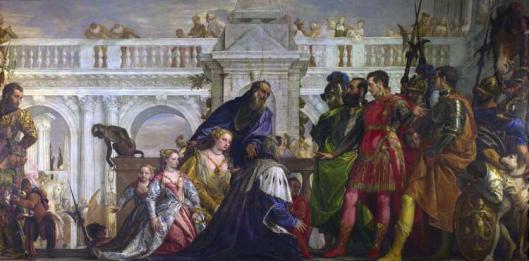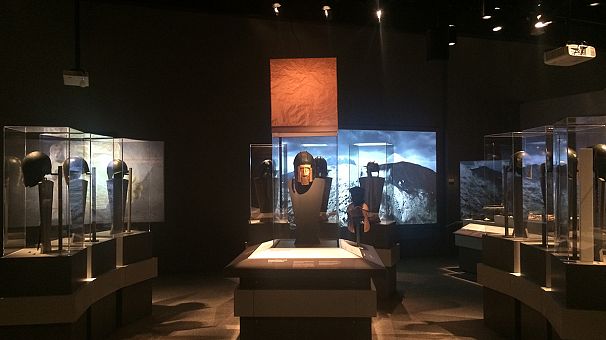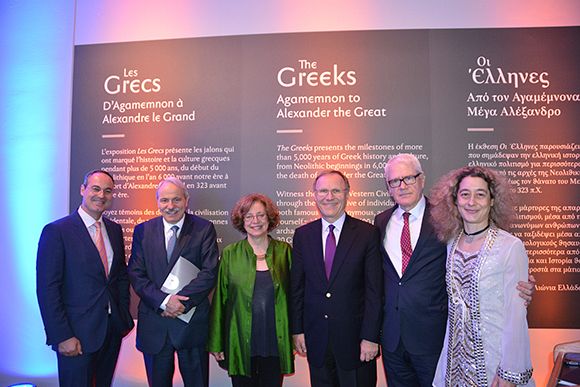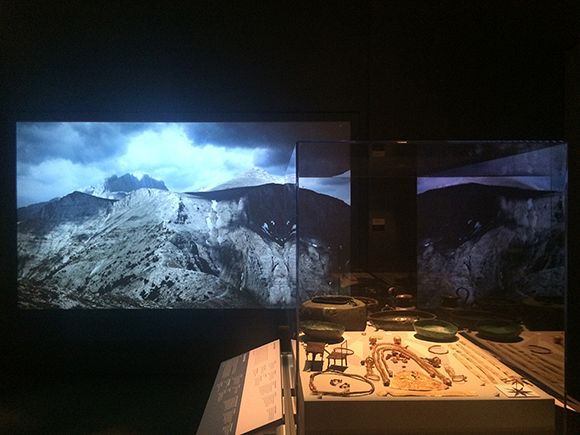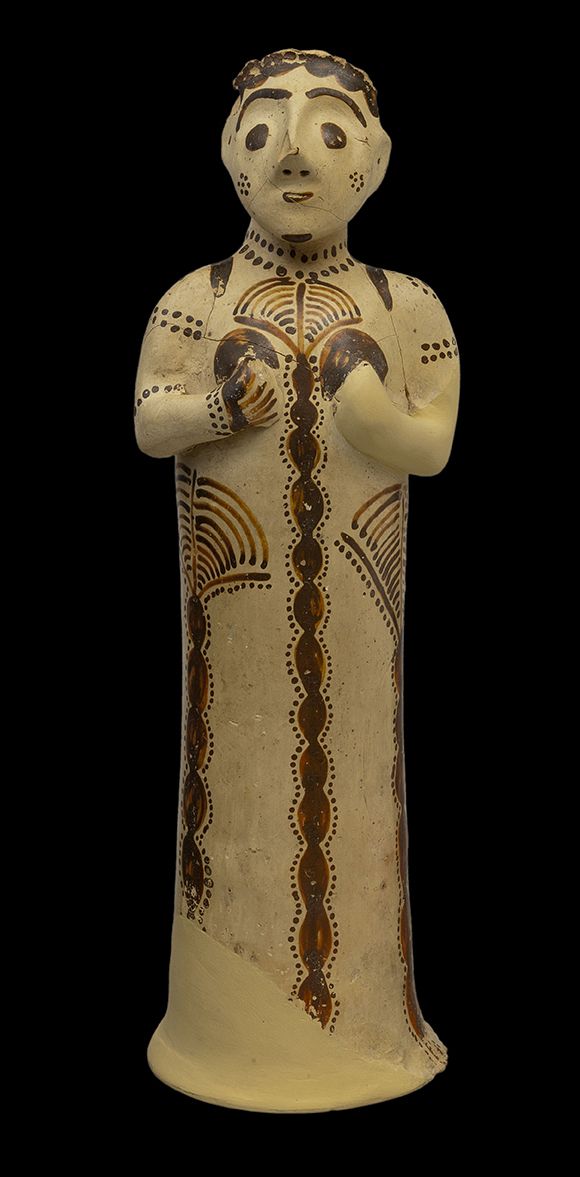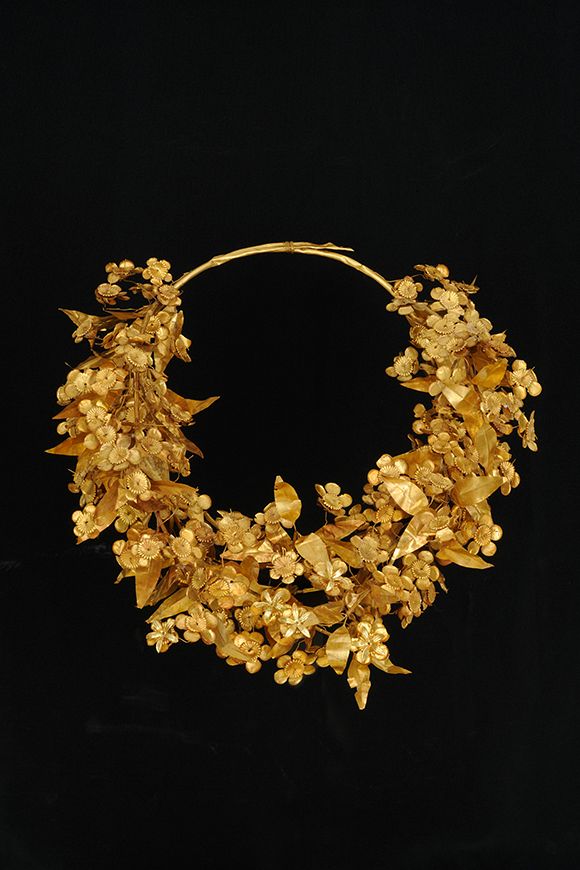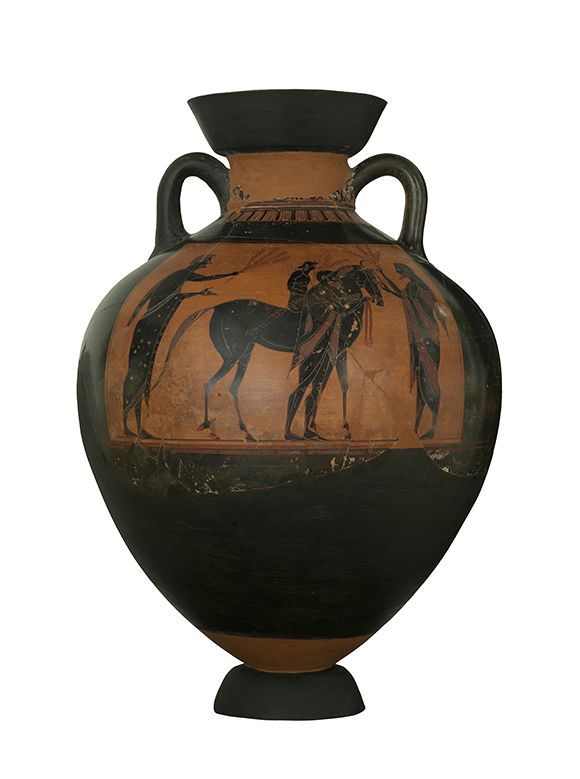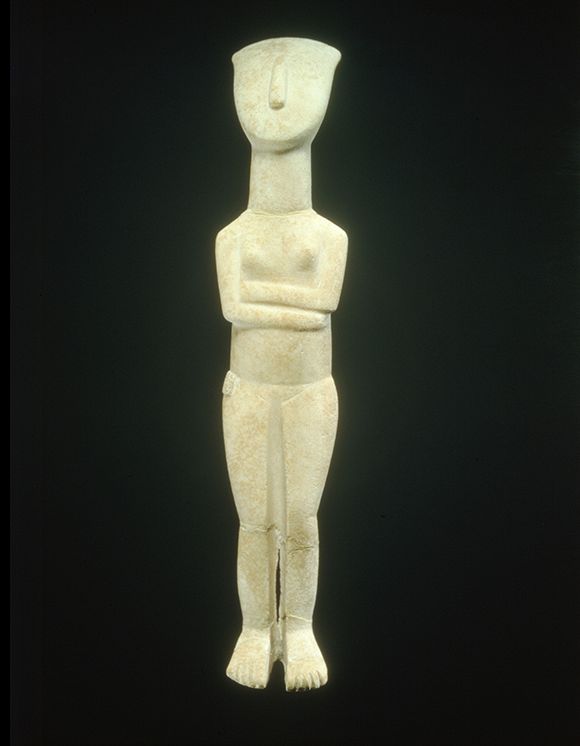The myth of Oedipus and the Sphinx – The hidden secrets
The Sphinx is a fantastic creature of Greek mythology,closely connected with the legend of Labdakidwn and in particular to that of Oedipus. The representation used in insured premises as symbols of protection in Egyptian, Greek and Roman culture.
According to Hesiod was the daughter of tisChimairas and others of Matins or Tyfwnos and echidnas.. The Echidna had spawned also Cerberus Orthros (keeper of flocks of Seizing), the lion of Nemea, the Lernaean Hydra and the Faia Krommywnas. The accord also Chimera, the Dragon of Colchis, the guardian of the Golden Fleece, the dragon that fyloyse the golden apples of the Hesperides and the Eagle of Prometheus.
Greek representations of the Sphinx is represented as a winged lion with a woman's head (In contrast to the Sphinx in Egypt, He has no wings) or as a woman with feet & breasts lion , erpetoykai tail feathers of bird. Its name comes from the word clinch.
The sirens recognize from the bird's body,the human head,the feet and claws are strong and thick and can paromoiastoyn like the lion. This suggests perhaps a kinship that can exist between Seirinos and Sfingos.
The irakai Mars sent from home, the Ancient Thiva. There stood and asked passersby what being the morning standing on all fours, noon at two and three night;». Anyone who couldn't solve the puzzle, the Sphinx the esfigge, until I die. Oedipus solved the Riddle by answering that the creature that is man, Since when is baby walks on all fours, After he gets up on his two legs and in old age walks erect but uses as third leg a of Spades. Once solved the Sphinx ainigma shattered by a rock that was standing and was killed. However, the exact riddle that gave the Sphinx is not known from ancient sources, but from later texts.
Wikimedia Commons has media related to: topic Sphinx(mythology),the Wiktionary entry is associated with this entry: Sphinx(mythology).There is another version for the Sphinx which presents Pausanias. According to Pausanias, the Sphinx was illegitimate daughter of Laius. The Laios entrusted only the Oracle took from Pythia and reported that it concerned only the Jocasta and the fruits of. That's because the guys had and Laios concubines, having eschewed the commingling of the Jocasta. But in one of his dream girl slept with his wife and born Oedipus.
So, Although abandoned Oedipus in Kithairon, keeping his reservations, When one of the sons was claiming the throne was sending him to the Sphinx. This with the puzzle of examing whether they were genuine children of Laius. Because knowledge of the Oracle were only those who descended from the Royal generation, those who could not answer the riddle of thanatwnontan.
Oedipus before meet the Sphinx had learned about the puzzle in his sleep. So was able to solve.
The asteroid 896 Sfigx (896 Sphinx), who discovered the 1918, It took its name from the Sphinx of Egypt.
 |
| The Oidippoys |
Oedipus (ARC: OIdipoys) It was the most tragic face of ancient Greek mythology. He was the son of King Laius of Thebes and Jocasta. The legend is as follows :
Before the birth of Oedipus King of Thebes Laios, He decided to learn his fate on the acquisition of the successor, because his wife, the Jocasta or Epikasti, had no surrogate mother ever, Despite years of efforts. The Apollo loxias of indicated, via Pythia, How would son and that he would kill him.
It must be said that he was one of the rare oracles that were both clear about their content. Also it should be noted that the Laios had caused the mini of the gods for the relationship that concluded with another man, his son Pelops, King of Elis, the Chrysippo suicide Chrysippou in Thebes, where had him kidnap the Laios, caused the fierceness of Pelops, who cursed himself the King of Thebes to acquire son and if he does die by his hand. The gods agreed, When other Juno,After the action was an insult to the laws.
The Laios, having knowledge of the chrismodotima, After the birth of her eldest, strapped Oedipus by foot (Hence the name Oedipus (edema(= swelling) + therelevant(= foot)) and gave him an slave, which ordered to leave him ektheto in Kithairon. In this way enapothete the fate of the infant in the hands of the gods or fate, as tragedy ' exclaims Oedipus Rex of Sophocles ' the hero himself. A shepherd but she found the boy and delivered to his wife the King of Corinth Polyboy, the Merope or Periboea. Those not having kids, the accepted as "boon". Thus Oedipus lives and grows in the palaces of Corinth, in the town of Tenea, as genuine and legitimate heir to the throne.
One day somebody called him "bastard". Wanting to learn the true speech, because "silence" prevailed in the Palace for the topic, He decides to go to the Pythia. There the priestess of Apollo, with clear Oracle banishes him from the sacred site because it will look omoklinos of father and patroktonos, aimomiktis and husband of his mother, and that he and his children will cause many bad. Such was the intensity of the event, that Oedipus, forgetting the reasons of proseleysis in Pythia, decides not to turn in the alleged in’ This home, Corinth in order not to cause suffering to really foster parents.
During his wanderings in Greece,headed toward Thebes. A crossroads of, the triple with the name ' Schisti road», meets a trolley and after an intense wrangling kills the owner of trolley and attendants – slaves of, In addition to a. As it turns out later, with testimony of slave saved, Oedipus killed his father Laio, who headed towards the Pythia to learn what happened to his child.
Oedipus approaching in Thebes he met the Sphinx. The Sphinx was killing every passer-by who meet, because it did not address the puzzle of. Asking the Oedipus ' What being the morning standing on all fours, noon at two and three night», received as a response to "man is that being, the dawning of his life moves on all fours, the night of his life in three, with the help of a cane, While in the meantime (noon) of life moves with confidence in two ". After the solution of the puzzle the Sphinx fell on the cliff and killed (or when other Oedipus of attacking when he was startled by the solution of the puzzle and killed). Oedipus became King of Thebes, from the temporary city King Creon, and husband of Jocasta (sister of Creon), widow of Laius and Oedipus's mother.
By Jocasta had four children, Polynices and Eteocles them and Antigone and Ismene, that was also his brothers. This concluded the contents of the Oracle Pythia gave the Laio first and in Oedipus later. There is another testimonial, When Jocasta learned that married her son and committed suicide. Oedipus remarried and his new wife, the Eyryganeia, He obtained his four children.
"The plague of Thebes", the work of Charles François Zalamper, Museum Of Fine Arts, Marseille Because of the famine that ravaged Thiva, for seven years (as the years power of Oedipus), Oracle of the Seer Tiresias, He suggested that the cause of evil is the slayer of Laius.
In tragedy "Odipoys Tyrant" unfolding the revelation of the killer, that resulted in the aytotyflwsi of Oedipus and Jocasta's suicide (Hung). In Sophocles, "Oedipus at colonus", Learn how Oedipus, Once again, wandered in Greece, to escort his daughter Ismene or, When other, the Antigone. Ended up in Athens, where the King of, Theseus, the accepted and passed to his reconciliation with the gods and the redemptive death. "The tragedy seven against Thebes», by Aeschylus, We learn the fate of Polynices, of Eteocles and Creon. While, end, in tragedy "Antigone", the crested tragedies, We learn about the fate of the heroine.
The myth of Oedipus is part of the "Thibaikoy circle".
The secrets of the Sphinx
A few meters away from the great pyramid of Giza (Cheopos) is the famous Sphinx of Egypt that has head woman, Bull's body, feet lontarioy and Eagle's wings. But what is the feasibility of its own existence within the Sphinx, under the feet of the great pyramid and what is;
Let's take things from scratch. Sphinxes are generally in the mythology of various monsters that members of the body are composed of various one beings. Were wild monsters, silent and enigmatic. Such sgigges in antiquity there were in different parts of the then known world and were surrounded with various mythological stories. In ancient Greece it was known the Sphinx of Viotia had face and breasts woman, House lion, chicken wings and tail snake.
Mythology says that he was born from the Echidna and Typhon or orthron and was sitting in Dr Fikion, where he waited there for those of whom put the known famous Riddle : "What estin everything, a depositor's voice, tetrapoyn and dipoyn and tripoyn gignetai;"and if the next diavates as he was not found the solution katetrwge.
It is said that from there once passed and Oedipus and met with the Sphinx, that put him into the same conundrum. Oedipus gave the correct answer: “' O Man!”.. and the Sphinx from the evil fell into precipice and killed.
All the Sphinxes are characterized by the qualities of the Slinky (He who hides the thought of) and ainigmatwdoys. Therefore, the Sphinx of Giza pyramids of Egypt should be seen in terms of what hides this thought and what Riddle gives us. If you do not possess these two skills then there ought to be a Sphinx.
In his book Tom Valentine "The mystery of the great pyramid" describes inter alia the following: "Many are those who believe that the Sphinx was built by members of the secret organization and that there is a mystic link between the enigmatic Sphinx and great pyramid». First of’ everything is absolutely certain that the Sphinx would built people and even memyimenoi from the circle of ierateiwn. That apogoreyotane to the Pharaoh to enter inside the great pyramid is absolutely certain and fully justified, but not in terms of infestation of the religious sentiment of the people, but for the protection of life itself of Pharaoh. And this why the Egyptian priesthood knew very well the energy behaviour of the Interior of the pyramid, they knew that is that in the King's Hall was realised by a mass loss – energy (Prana) from every living organism that would come in, just as it has revealed Pythagoras for the energy pyramid phenomena.
The same happened in years, When the then head of State of the Soviet Union Kroytsef visited the great pyramid and did not dare to enter, After insistent and demanding intelligence recommendations of his country. Also the author of the book "the Pharaoh's pump» Edward Kankl argues that the Sphinx was used as a secondary pump, When closest to the river. This view is in syschetimo with all hydraulic system that describes to find how lifting large ogkolithwn for the construction of the pyramid is quite reasonable, But if it is true it is not the root cause of the existence of the Sphinx but is a subsidiary possibility. All these conclusions and external events as well as other views that saw the light of day, not only did we illuminate the riddle, but further complicate us the real truth.
Let's see another Visual issue
I'll start my thinking with the assumptions that the Sphinx conceals a secret and gives us a riddle to find the solution and that the Sphinx of Giza the Bolivian people by the restricted environment of ierateiwn who was privy to the esoteric secrets of.
When I say the Sphinx the built, I mean of course the idea of construction conceived and implemented on the ground and not that they worked as labourers for the kataskei of, thing and it still not excluded for reasons of secrecy.
Once the idea, the thought came out of the memyimena members of the ierateiwn should have used the known only support occult language. The occult ieratikos code using various divination and especially the Oracle of Delphi, was the code of arithmolexias and not arithmosofias.
So applying the priestly code of the Oracle of Delphi to the word "Sfigx" we find the secret that encloses within the Sphinx. Specifically, we find that the numerical value of the phrase "Sfigx" is the code number 781 that corresponds to the numerical value of the phrase "Pan". So The SPHINX = PLUS EVERYTHING = 781 , where the phrases tonisma indicates the word "numeric value". Hence the apocryphal secret that encloses within the Sphinx is the "Pan" which comes from the current UNIVERSE, because as known in ancient times was not the word universe in single format, which was later converted the letter (n) before the letter (p) in (m) just as with the word plus-player – Playmate. Also this proof that the great pyramid of Egypt represents the universe with all laws of our creation has become very apodeixi Pythagoras. From this combined with the apokalyfthen secret of the Sphinx comes out the conclusion that the Sphinx has a direct link with the great pyramid and is the prometwpi of.
In addition to the secret that has inside of the Sphinx asks us to find the solution and an Enigma. This riddle comes from the form of, i.e. : "That man and Taurus and Ierax and Leon syneisi;”. In today's translation we can say the riddle above as follows : "Where coexist and man and the bull and the lion and the Eagle;». Obviously exist in the image of the Egyptian Sphinx depicting the Universe. ERGO plus iparchoyn in the universe or the Universe consists of these 4 items. Yet these 4 elements of the ancient Greeks the exomoiwnan corresponding to the four elements of nature's format, i.e. NERO (LIQUID), EARTH (CONTRIBUTIONS to the LATER), AERAS (GASES) AND FIRE (ACTION). Also the same symbols and coexist in the cardinal points, i.e. respectively in North man (Water), in the East the bull (Earth), in the West the Eagle (Air) and in the South the Leo (Fire). In other words, the solution to the Enigma of the Sphinx in Egypt is that the Universe consists of four data formats, the wet form, solid forms, gas form and anergeiakis form. Thus conclude that the solution to the Enigma requires first to find the secret of which is ' SYM PAN "and then there is the solution of the Enigma that is the ' PLUS ' PANTI.
On the above four styles of elements of nature as presented in the Sphinx and mentioned by the ancient Greek sages with symbolism Man/Water, Taurus/Earth, Eagle/Air, and Leo/Fire we observe that the notations used in these Christian religion. In Orthodox Christian churches are represented the four evangelists Matthew, Marcus, Luke and John each with one of the above four symbols-elements. Indeed the depiction of evangelists is on the surface of the four columns that hold the dome of the Church. I.e. we conclude that there is a full match in the revelation of own truths. But in the book of revelation of Evangelist dibazoyme exactly the same mystical and transcendent truth : « …. and in the midst of the throne and the circuit of the throne four animals gemonta eyes front and rear, and the first not seeking zwon leonti, and secondly not seeking zwon moscho and the third operator of the prosopon zwon as man and the fourth zwon aetw not seeking petomenw”.
http://master-lista.blogspot.gr/2015/07/blog-post_42.html#sthash.w7azgZOS.dpuf


































